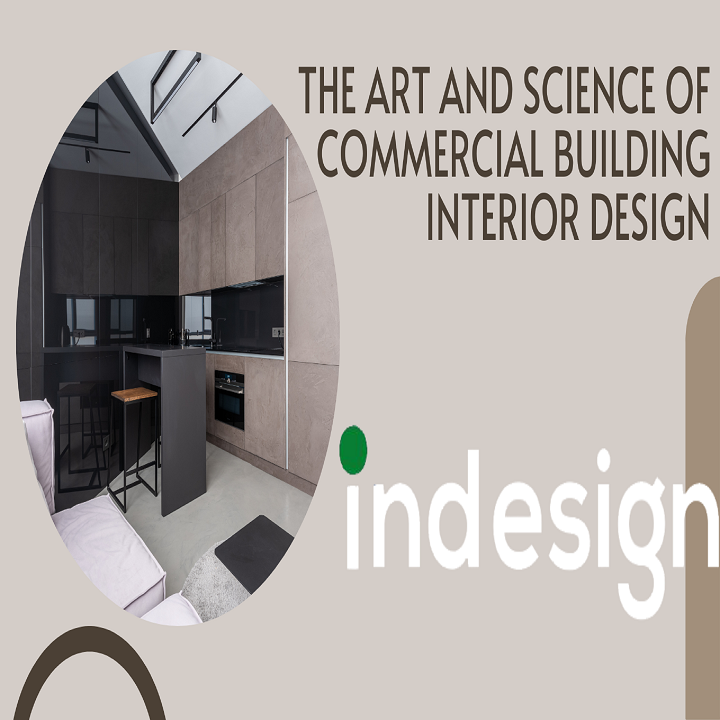In the realm of architecture and design, the interior of a commercial building serves as a canvas where aesthetics, functionality, and human experience converge. The role of a architects and interior designers Hyderabad is to orchestrate this complex symphony, crafting spaces that not only visually captivate but also enhance the efficiency and comfort of those who inhabit them. This fusion of creativity and practicality defines the art and science of commercial building interior design.
Famous interior designers in Hyderabad specialize in transforming the interiors of various commercial spaces, ranging from corporate offices and retail stores to restaurants, hotels, and healthcare facilities. Unlike residential interior design, which focuses primarily on personal preferences, commercial interior design necessitates a deep understanding of the establishment’s brand identity, business goals, and target audience.
The commercial building interior designer and design process involves several key stages, each contributing to creating a cohesive and functional space. The initial phase includes client consultation and needs assessment, during which the designer seeks to comprehend the client’s vision, applicable requirements, and any specific design preferences. This stage is crucial in aligning the design concept with the client’s business objectives.
Following the assessment, the designer delves into conceptualization and space planning. Here, the goal is to optimize the layout and flow of the space while considering factors like circulation, accessibility, and zoning regulations. The designer creates floor plans, sketches, and 3D renderings to communicate the proposed design to the client and stakeholders.
Material selection and color palette play pivotal roles in shaping the ambiance of commercial space. Commercial interior designers possess an in-depth knowledge of materials, finishes, and textiles, considering their durability, maintenance requirements, and aesthetic impact. Whether it’s the choice of flooring, wall treatments, lighting fixtures, or furniture, every element is carefully curated to convey the intended mood and reinforce the brand identity.
Incorporating sustainable design practices has become a hallmark of modern commercial interior design. Eco-friendly materials, energy-efficient lighting, and intelligent technologies are seamlessly integrated to minimize the ecological footprint of the space. urban planning firms in Hyderabad design aligns with environmental concerns and resonates with the growing demand for socially responsible business practices.
One of the most significant challenges interior design firms in Hyderabad face is maintaining a delicate balance between aesthetics and functionality. The space must be visually appealing and support the activities and needs of the occupants. Ergonomics, acoustics, and efficient space utilization are critical considerations, especially when productivity, customer engagement, or patient comfort are paramount.
Collaboration and effective communication are critical skills for a successful commercial building interior designer. They work closely with architects, engineers, contractors, and other stakeholders to ensure the design vision is executed seamlessly. This collaborative approach ensures that the design aligns with the structural and technical requirements of the building.
In conclusion, the role of a commercial building interior designer is multifaceted, blending creativity, functionality, and strategic thinking. These professionals shape the environments where businesses thrive, and people interact. From creating immersive retail spaces that entice customers to craft innovative office layouts that foster collaboration, commercial interior designers wield their expertise to enhance the human experience within built environments. As businesses continue to recognize the impact of interior design on their success, the demand for skilled commercial interior designers remains steadfast, bridging the gap between aesthetics and practicality in the ever-evolving world of commercial spaces.


